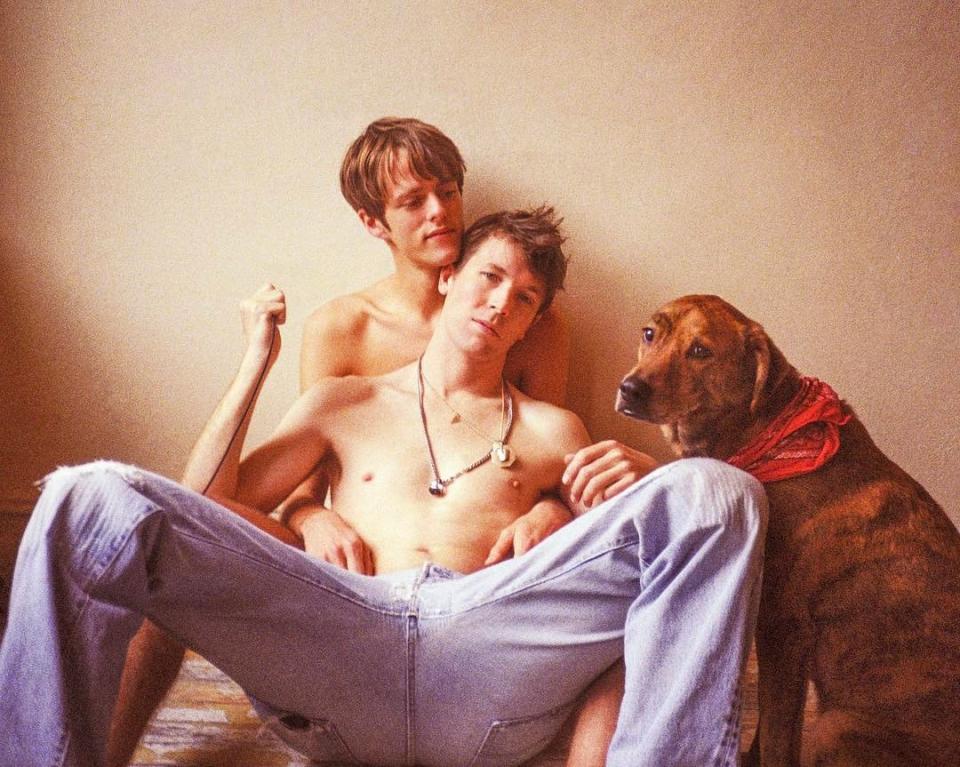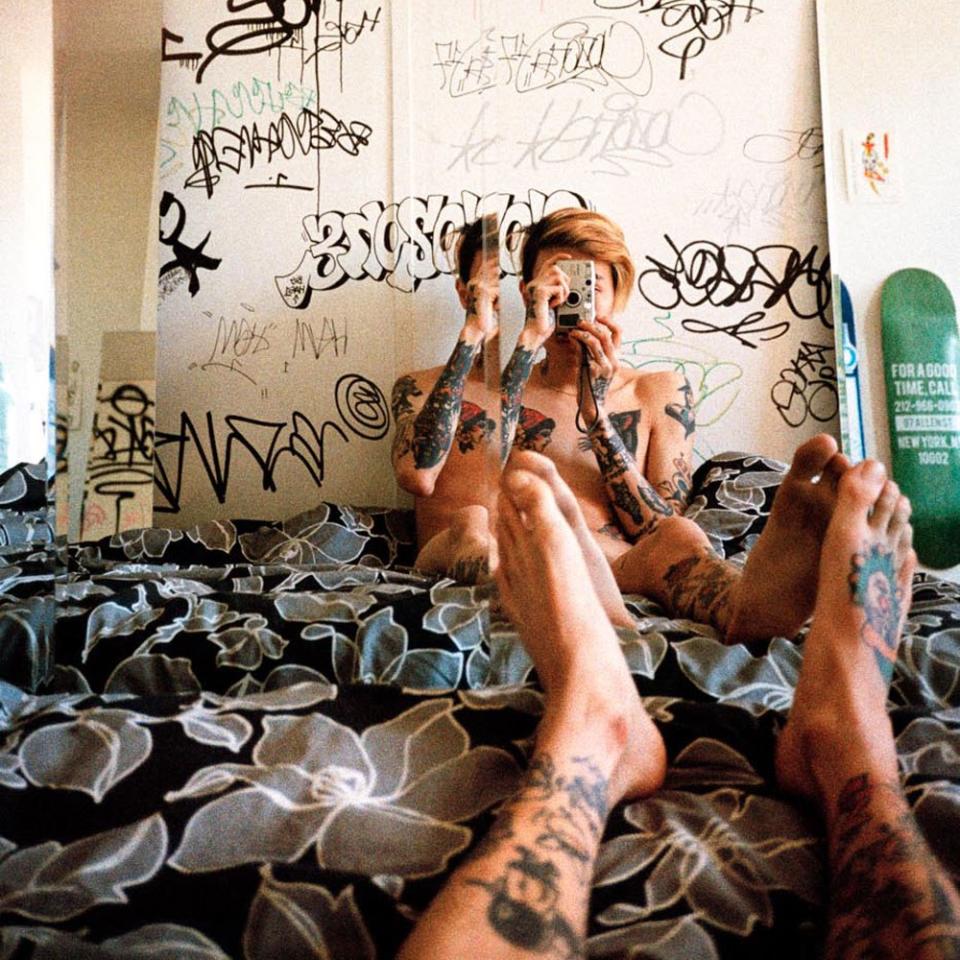Ryan McGinley's Latest Nude Series Is an Empowering Riff on Selfie Culture
Ryan McGinley's Latest Nude Series Is Your Heat-Wave Survival Guide
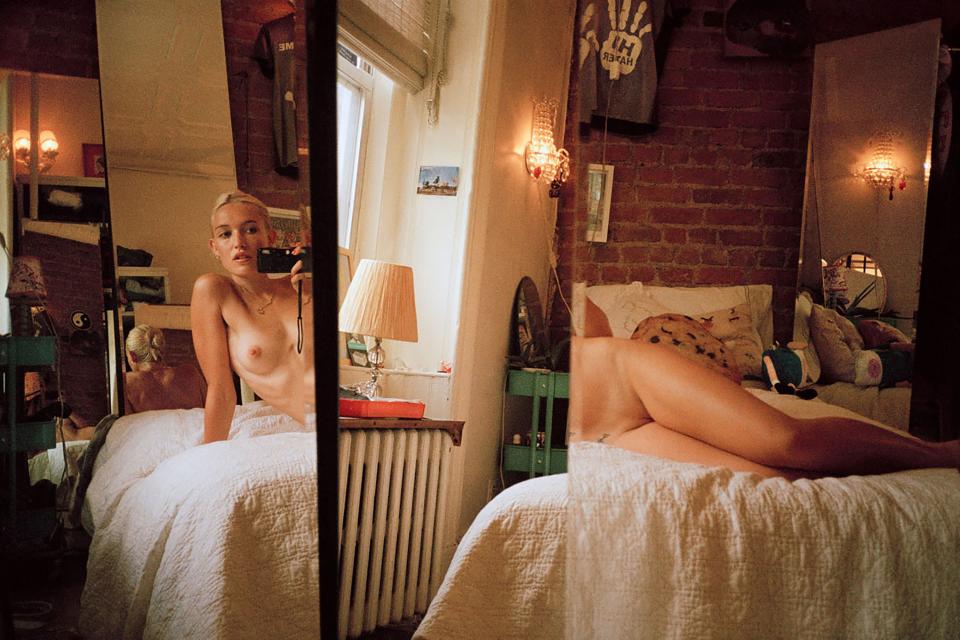
c-print
27 x 40 inches, 69 x 102 cm
Edition of 3
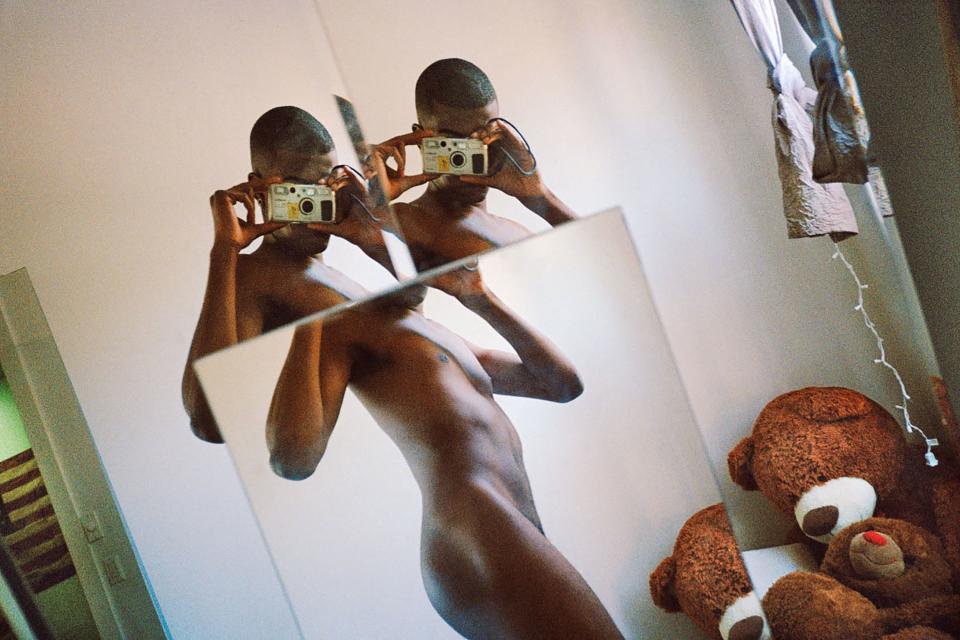
c-print
27 x 40 inches, 69 x 102 cm
Edition of 3
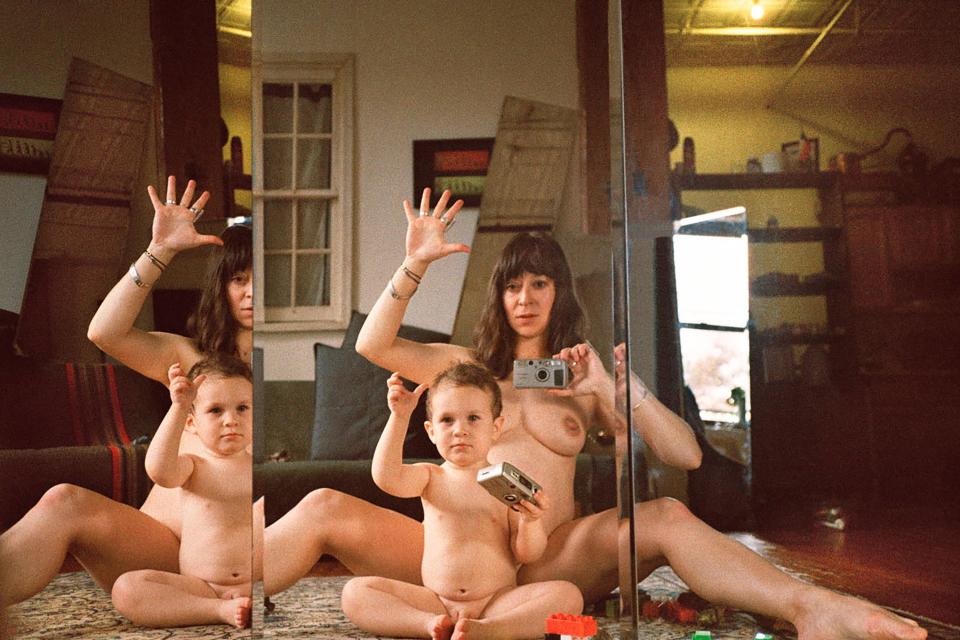
c-print
27 x 40 inches, 69 x 102 cm
Edition of 3
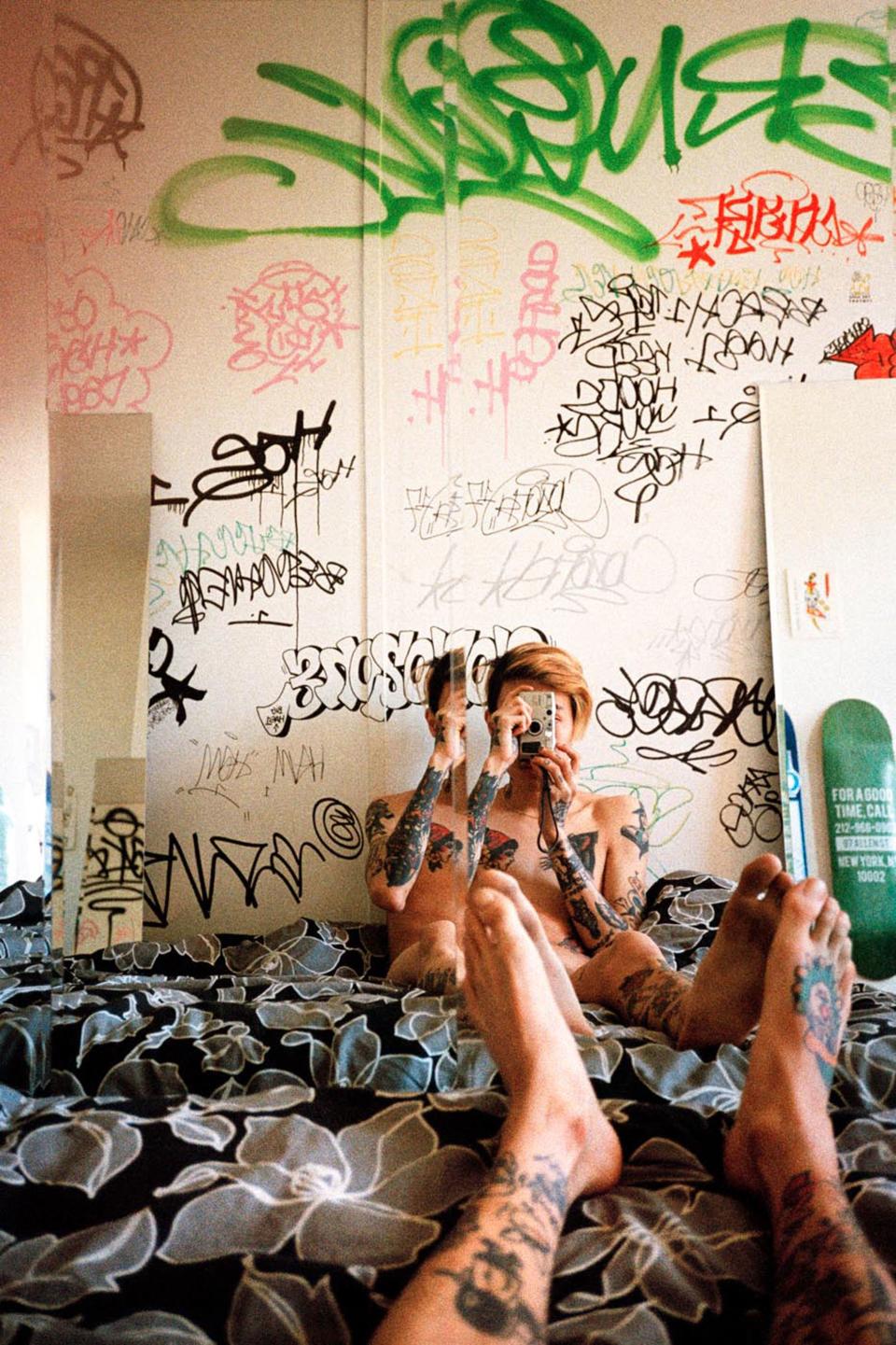
c-print
40 x 27 inches, 102 x 69 cm
Edition of 3
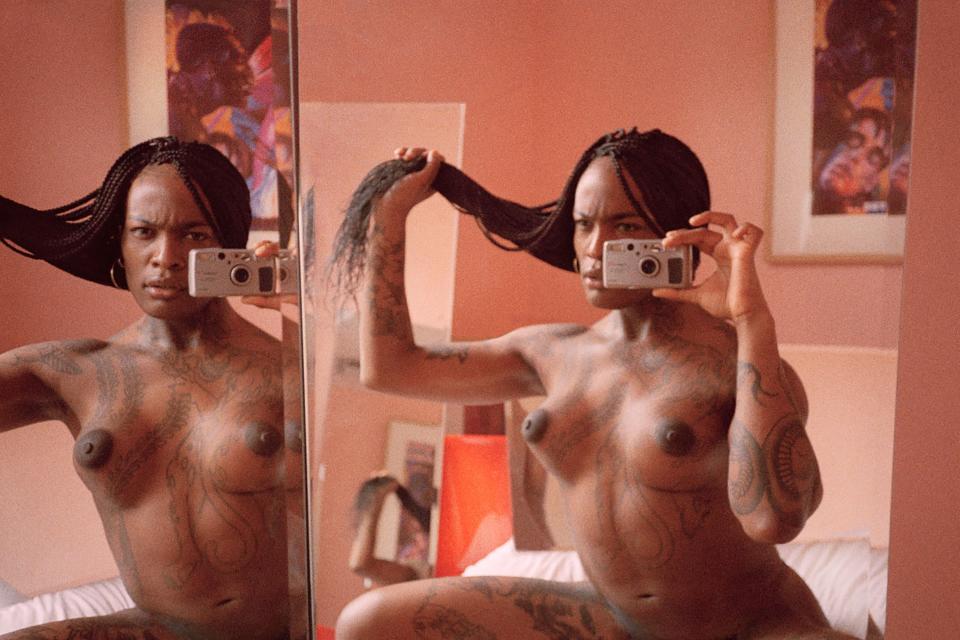
c-print
27 x 40 inches, 69 x 102 cm
Edition of 3
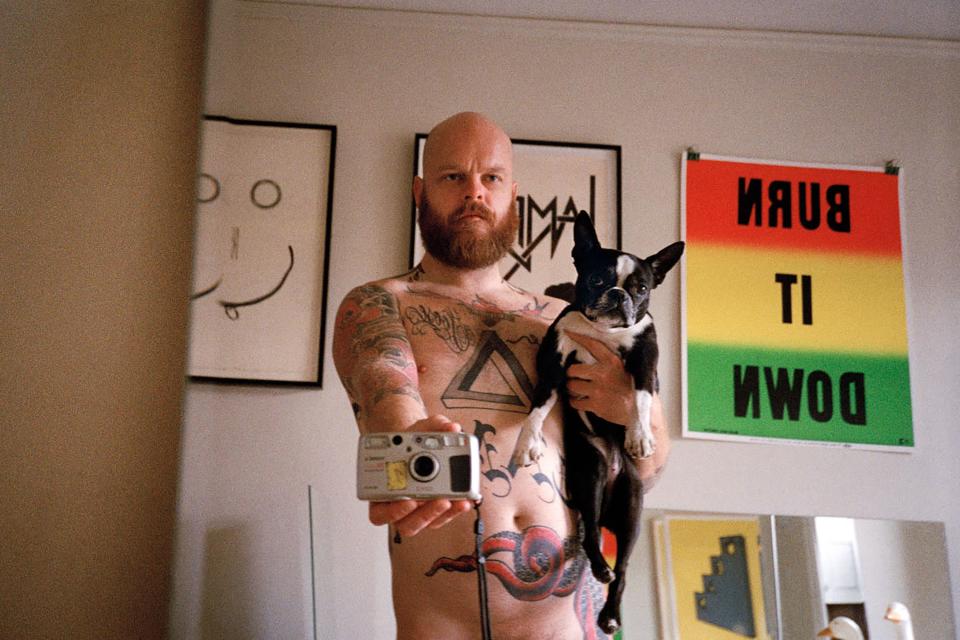
c-print
27 x 40 inches, 69 x 102 cm
Edition of 3
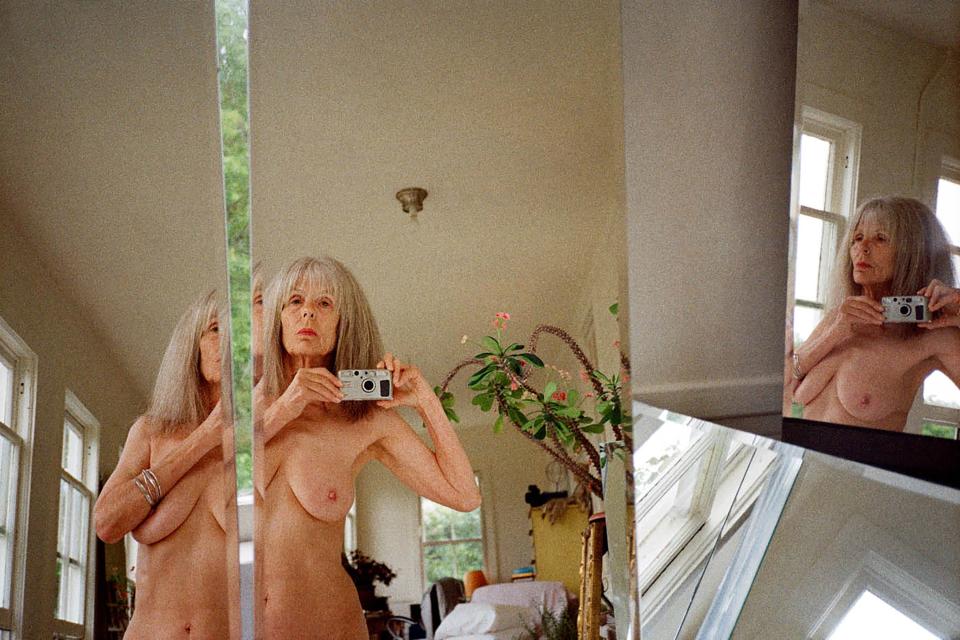
c-print
27 x 40 inches, 69 x 102 cm
Edition of 3
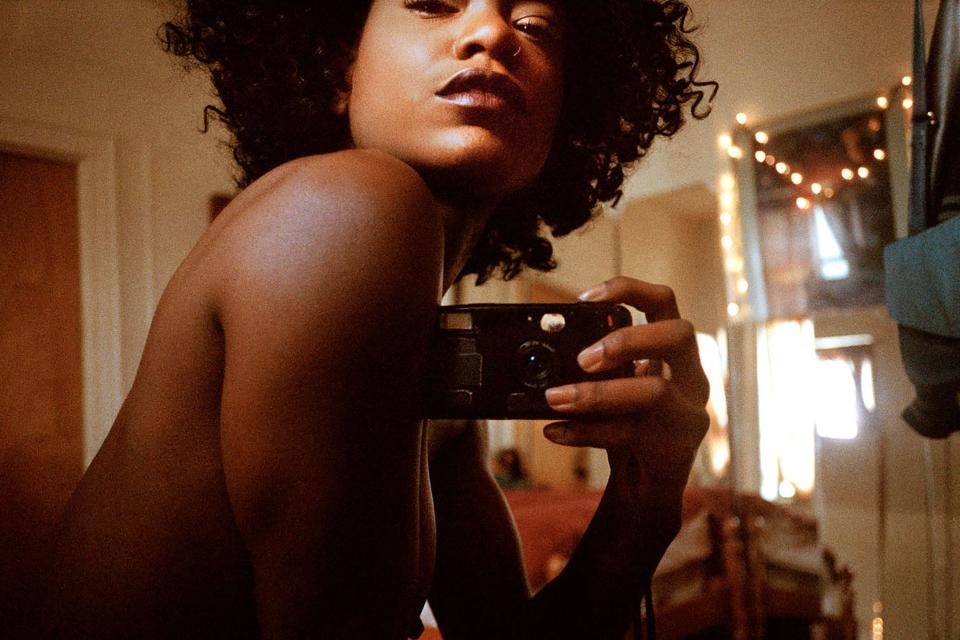
c-print
27 x 40 inches, 69 x 102 cm
Edition of 3
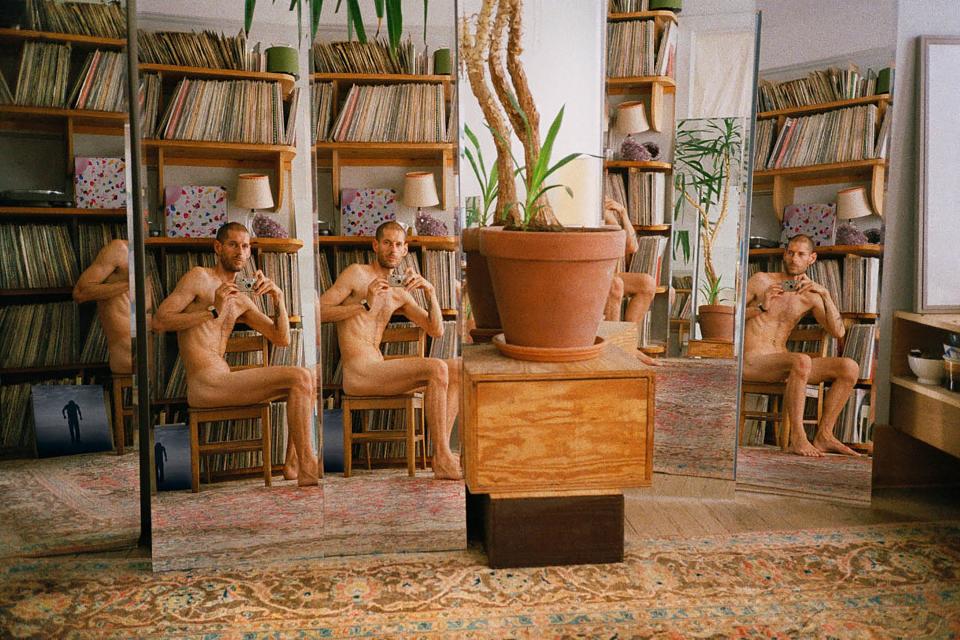
c-print
27 x 40 inches, 69 x 102 cm
Edition of 3
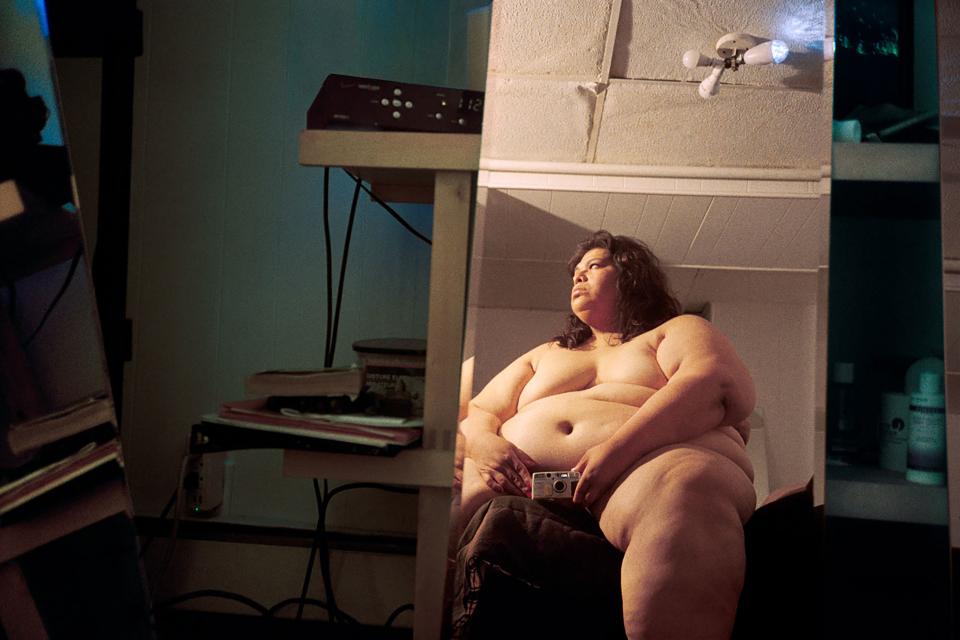
c-print
27 x 40 inches, 69 x 102 cm
Edition of 3
"Oh my god, it's so hot," the photographer Ryan McGinley exhales, commiserating with all of New York City during this cusp-of-July heat wave. It's only fitting that the subject of our conversation—"Mirror, Mirror," his new exhibition at Team Gallery—revolves about people undressed at home. "Exactly right," he says with a laugh. "Just walking around your apartment nude is definitely the look."
McGinley, 40, has never been too shy about the body in its natural state—or in nature, for that matter. For years, he corralled young sprites into a van, heading into the wilderness to photograph people streaking through waist-high grass or clambering up frozen waterfalls. His series, Animals, captured unlikely interactions between nude models and creatures; in one image, a marmoset clings to an anatomical branch, framed by lightly scratched thighs. Most recently, during the hypercolor scene that is New York's Pride parade, he documented a gritty city at its most exuberant and uninhibited.
By contrast, "Mirror, Mirror" not only takes a more introspective turn, it takes the camera out of McGinley's hands entirely. For the project, he corralled a mix of downtown friends, artists, and longtime mentors, including model Carlotta Kohl, nightlife legend Sophia Lamar, and painter Dan Colen's aunt ("she sort of helped raise me since I was a teenager"). Each subject received a set of mirrors; a Yashica T4, the photographer's favorite point-and-shoot; five rolls of film; and a list of prompts. "Say to your reflection, 'If you're cool with me, I'm cool with you,' " begins one. "Fake laugh," goes another. In the resulting self-portraits, bodies are laid bare, save for a smattering of tattoos; the apartments, meanwhile, supply subtext, whether a tangle of clothes or meticulously arranged records or an oversize teddy bear. Here, McGinley talks about the lineage of instructional artworks, the ways that mirrors can actually promote body positivity, and how image culture (FaceTime, makeup tutorials, thirst traps) influences how we see the world—and ourselves.
What prompted you to do an instructional project like this?
It's something that I've always wanted to do—to contribute to a history of conceptual art. There are pieces that I love, like Miranda July's Learning to Love You More instructional piece, or Rob Pruitt's 101 Art Ideas [You Can Do Yourself], or even Yoko Ono's Grapefruit book from back in the day. Those were the things that inspired me to want to do my own—but I want to see people do it themselves now! When the [companion] book comes out this fall, it will have all the instructions.
What are those instructions like?
Oh man, there's a lot of them! Every person shot five rolls of film, and each roll has a set of about ten instructions. They came out of things that I say during my own personal photo shoots that get people open and excited about being photographed by me. Or, for this project, photographing themselves. In the first roll, one of the instructions is: “Pretend you're a paparazzi on one side of the mirror and a celebrity on the other. Shoot multiple frames as you walk across your room and block your face from the camera.” Some of them are specific to the mirrors, like, “Dissect your head and your body. Think Cubist.” Or they have to do with light, like, “Turn on your TV and use its light on your body or your face.” I like using the body interestingly, so one of the instructions is very simple: “Get small and curl up," and the model can interpret that as they wish. But then they just get fun. One is: “Call a friend on speakerphone and ask them for a few directions.” This project is about encouraging playfulness and creative problem-solving.
The phrase “privacy settings” comes to mind, given the intimate setups. Did you sense a different kind of ease, based on the fact that the subjects were alone?
Everybody who participated is in my friend group, so I always felt a sort of loving sense. The models were working within my photographic themes, which are nudity, sexuality, gender, beauty, and fantasy. And then the mirrors brought this kaleidoscopic, psychedelic kind of effect. I could not wait for the film to come back. I think with each roll they got better and better at it—which doesn't necessarily mean that the final rolls were the best photos, because you never know when a good photo is going to happen. Part of this project that's so important to me is the interiors. There's this authenticity in a person's apartment and their meaningful possessions. It tells you a lot about them.
It reminds me of the whole body of photographs out there of people in their private spaces—for purposes of webcams and dating apps and things. Is there a connection between this series and everyday selfies?
A hundred percent. The birth of this project kind of came out of FaceTime, makeup tutorials, profile pictures on dating apps, thirst traps, that whole idea of selfie culture. How we're constantly photographing ourselves in so many different reflections to post on our Instagram stories, or to send to somebody that we like, or to just see how we view ourselves. That's why I provided the models with a film camera. As they were doing it, they couldn't self-censor.
The show's title refers to the props, but there's also that fairytale allusion to vanity. Is there inherently some kind of self-judgment when you ask people to stand in front of the mirror?
I don't know. For me, this project was about empowering the subject. It's my instructions, but it's not my gaze. It's their gaze. A lot of people said that it was interesting to spend so much time photographing themselves, that they had never done that: photograph their body nude and see themselves reflected so many times. Some people said that it definitely helped them get over their insecurities and body shame, that it was confidence-building. This body of work is sort of about helping to shape the world's view of what is considered conventionally attractive. That's always been a goal of mine, being someone who's queer, to be inclusive of everybody.
I recognized a friend of yours, Shannon, who is no longer alive. Your work does this powerful thing of capturing a human being at a particular moment in time.
That's the beauty of photography. I've had a lot of friends who have passed away in my life, first starting with my brother in the '90s from AIDS and then a lot of friends who have committed suicide, friends who have died of heroin overdoses. The only thing that I have now is photographs and memories. Shannon took those photos about a month, I think, before he passed away. He posed nude for so many artists, and he was an amazing, amazing celebrator of books. He ran Printed Matter, the art-book store, and he created the zine fair at PS1 that's now become huge. I think that he would be really proud to have this photo [of him] holding his beautiful dog on the wall.
For all your wild years early on, you seem to be aging in reverse. How do you keep yourself well? You radiate a balance that is not often seen in our world today.
Thanks for saying that. I do it all: The mental, physical, spiritual are really important to me. I have an amazing boyfriend who is a Baroque musician, so I get beautiful cello music every day. I have a great dog that I get to take care of—Dick the dog—who just brings me so much love. I’ve been vegetarian for more than half of my life; I live a clean and sober lifestyle. And, I guess, being a photographer, you’re always on your feet and constantly traveling. Even shooting for you guys last week: The Pride parade was nine hours long, so I was standing on Fifth Avenue from noon until 9 P.M., just being really energized and feeding off everyone’s enthusiasm. Being around energy like that really keeps your spirit young.
